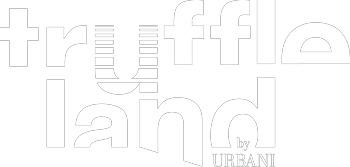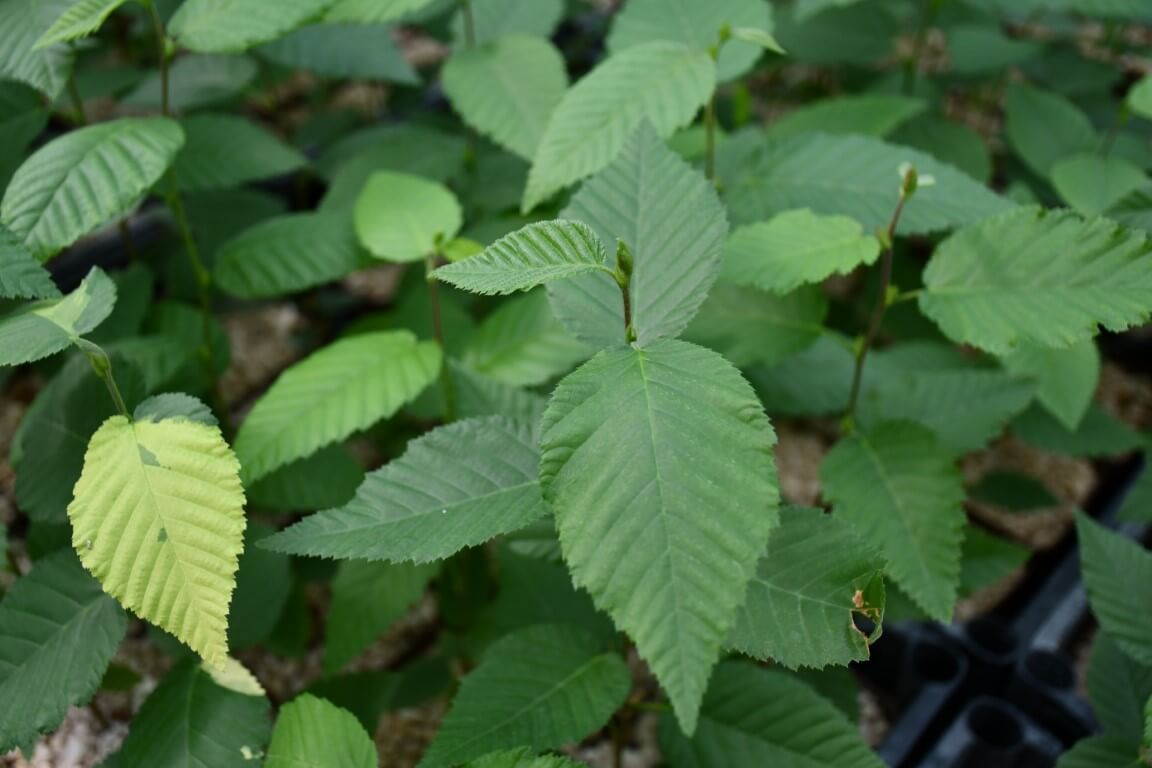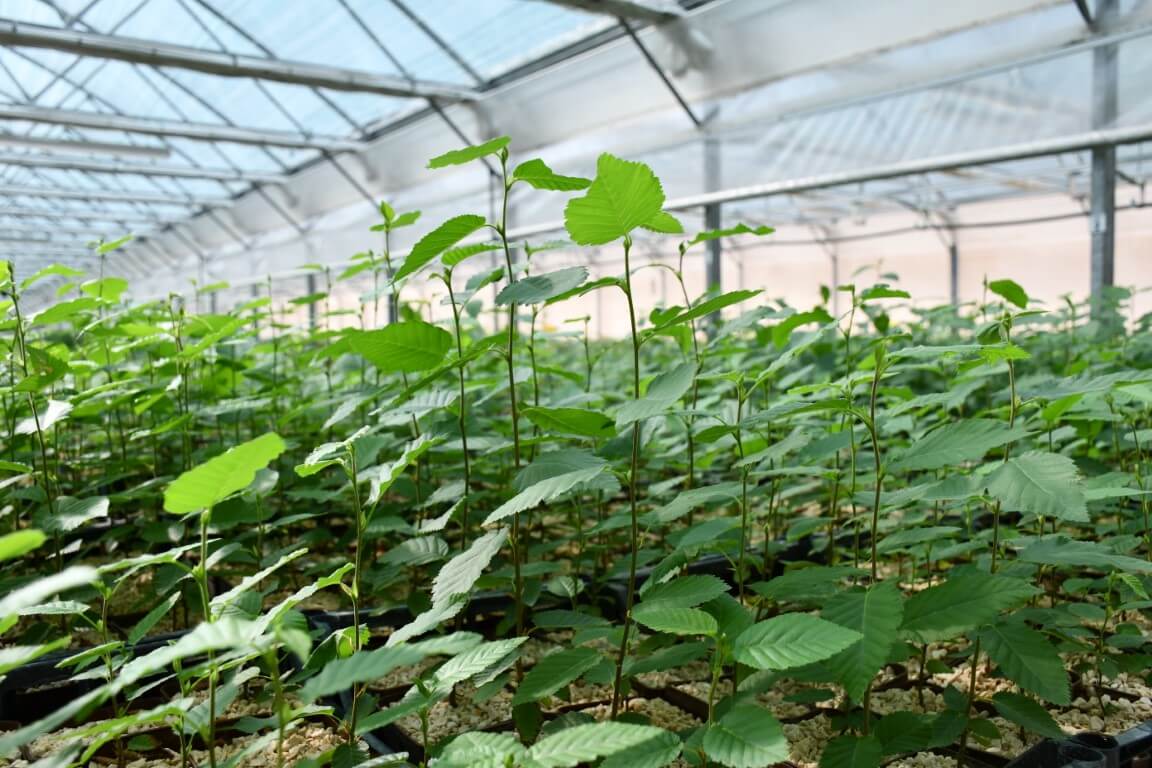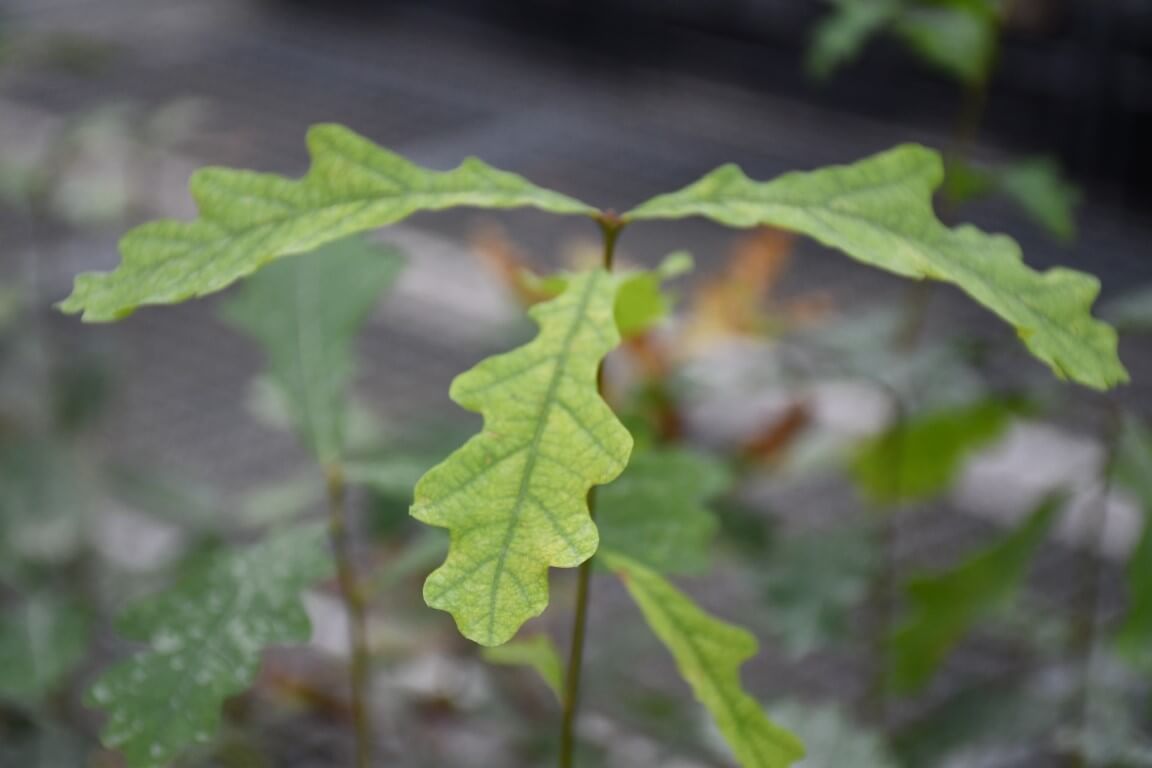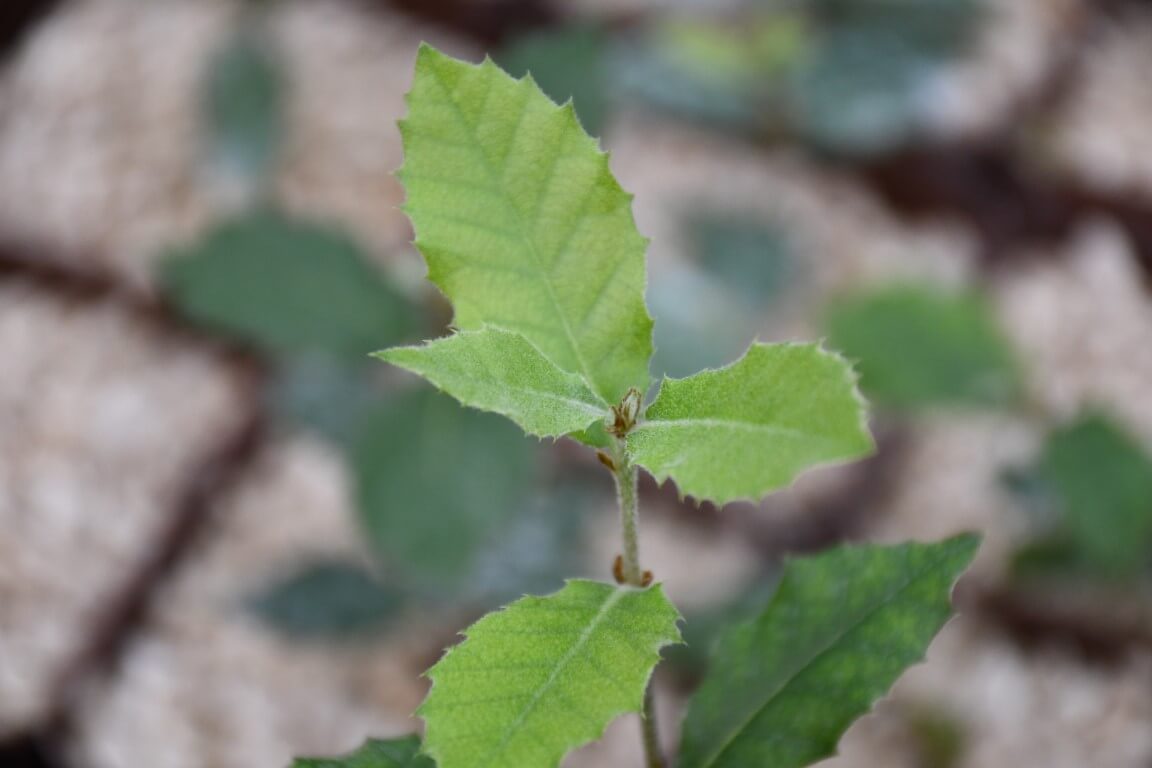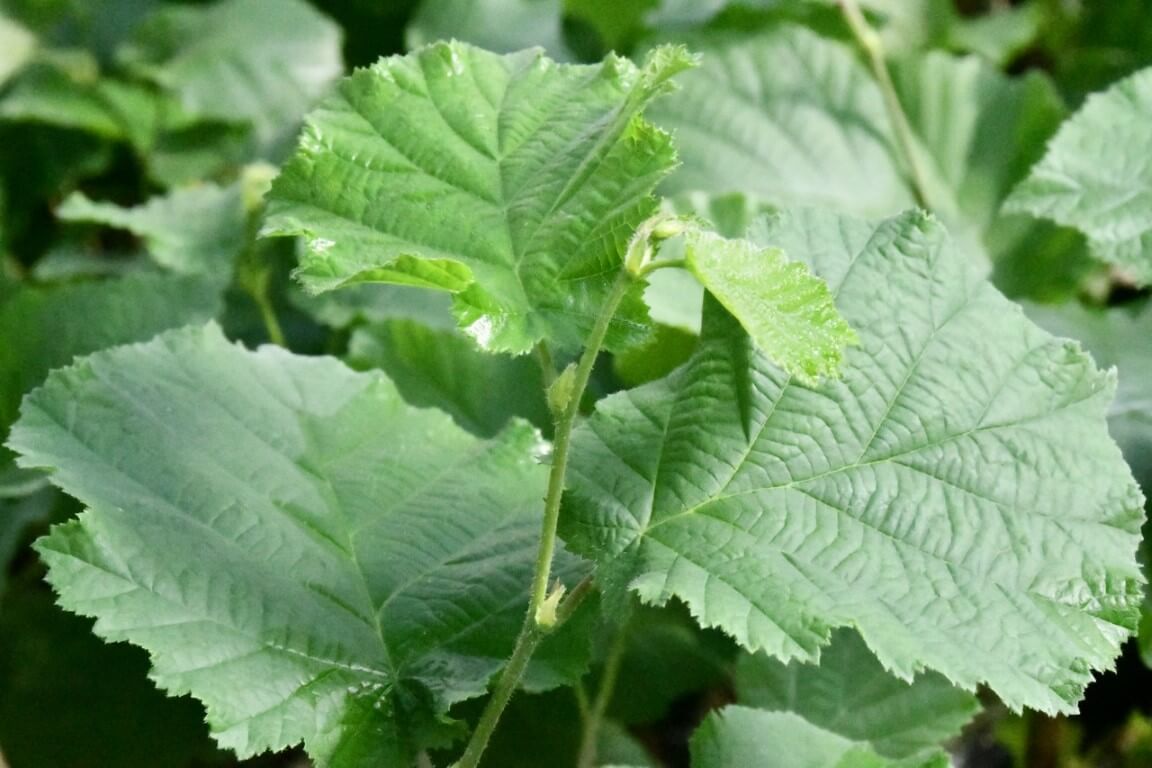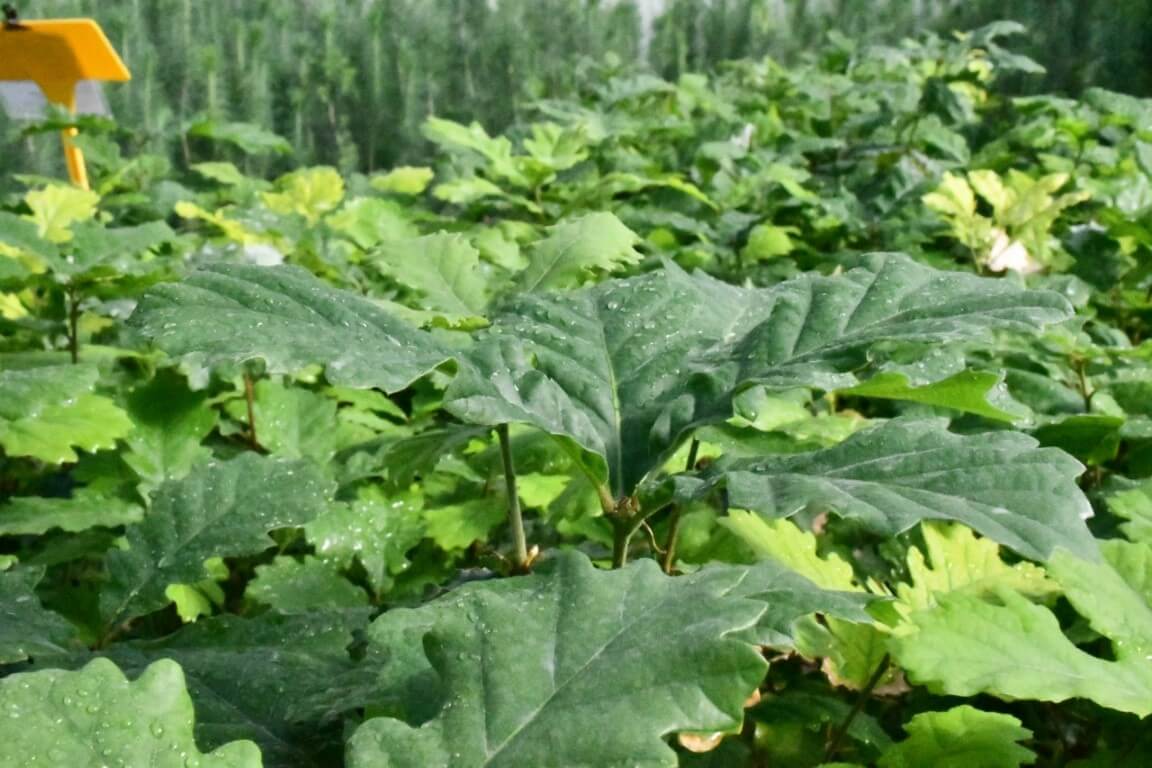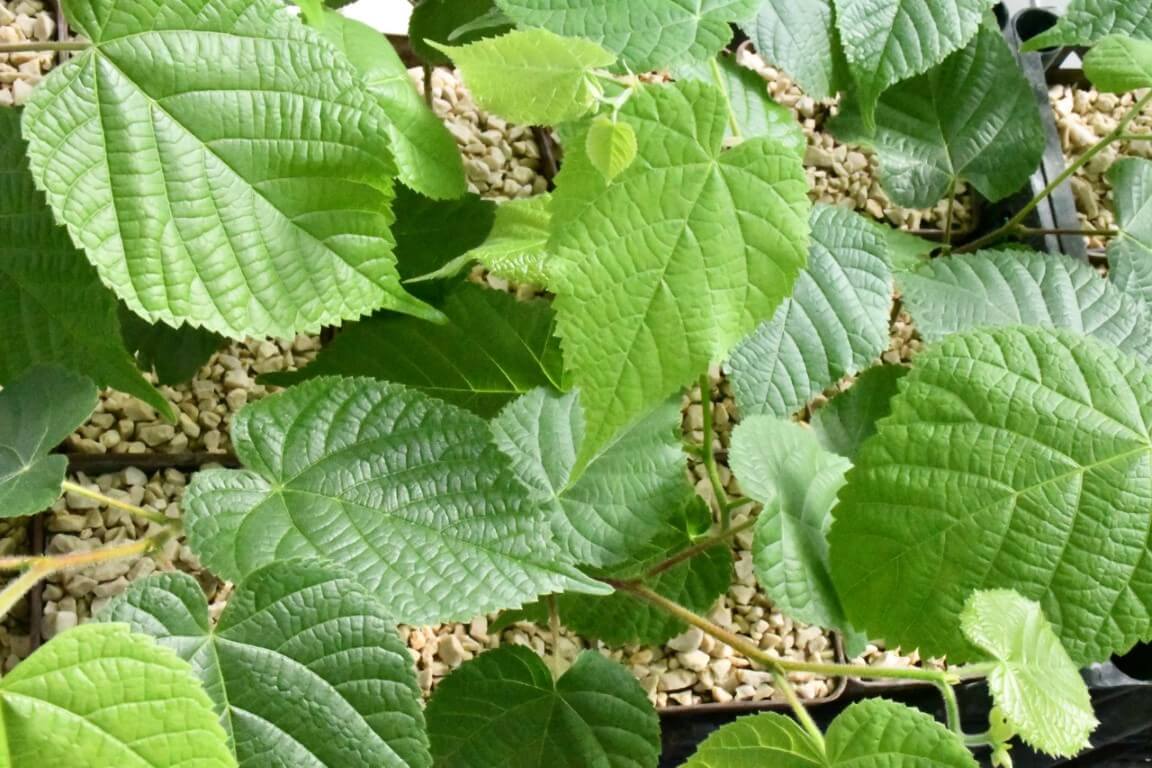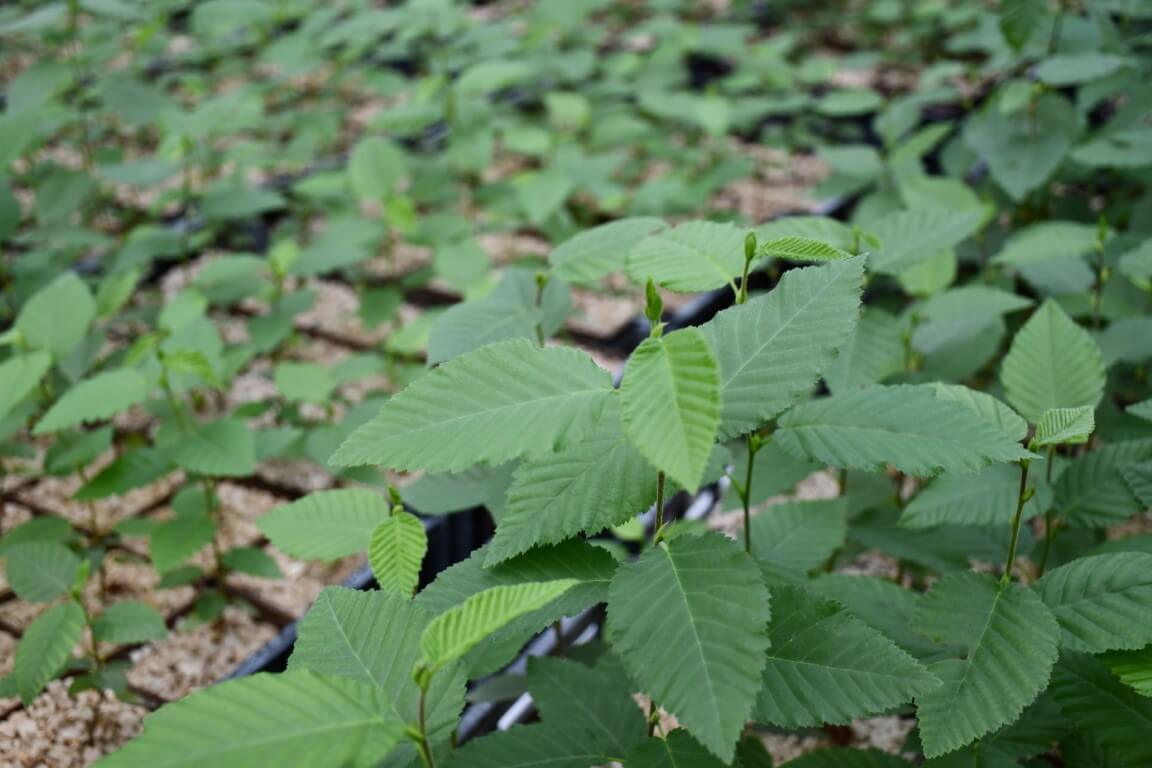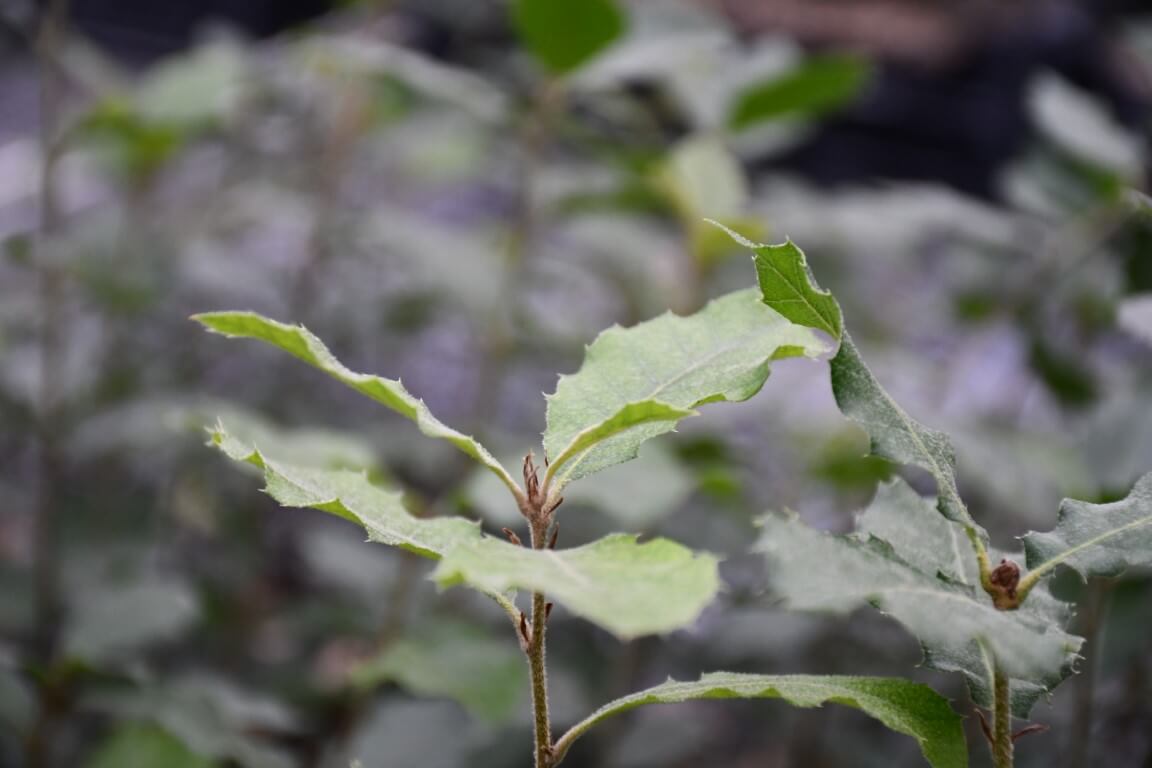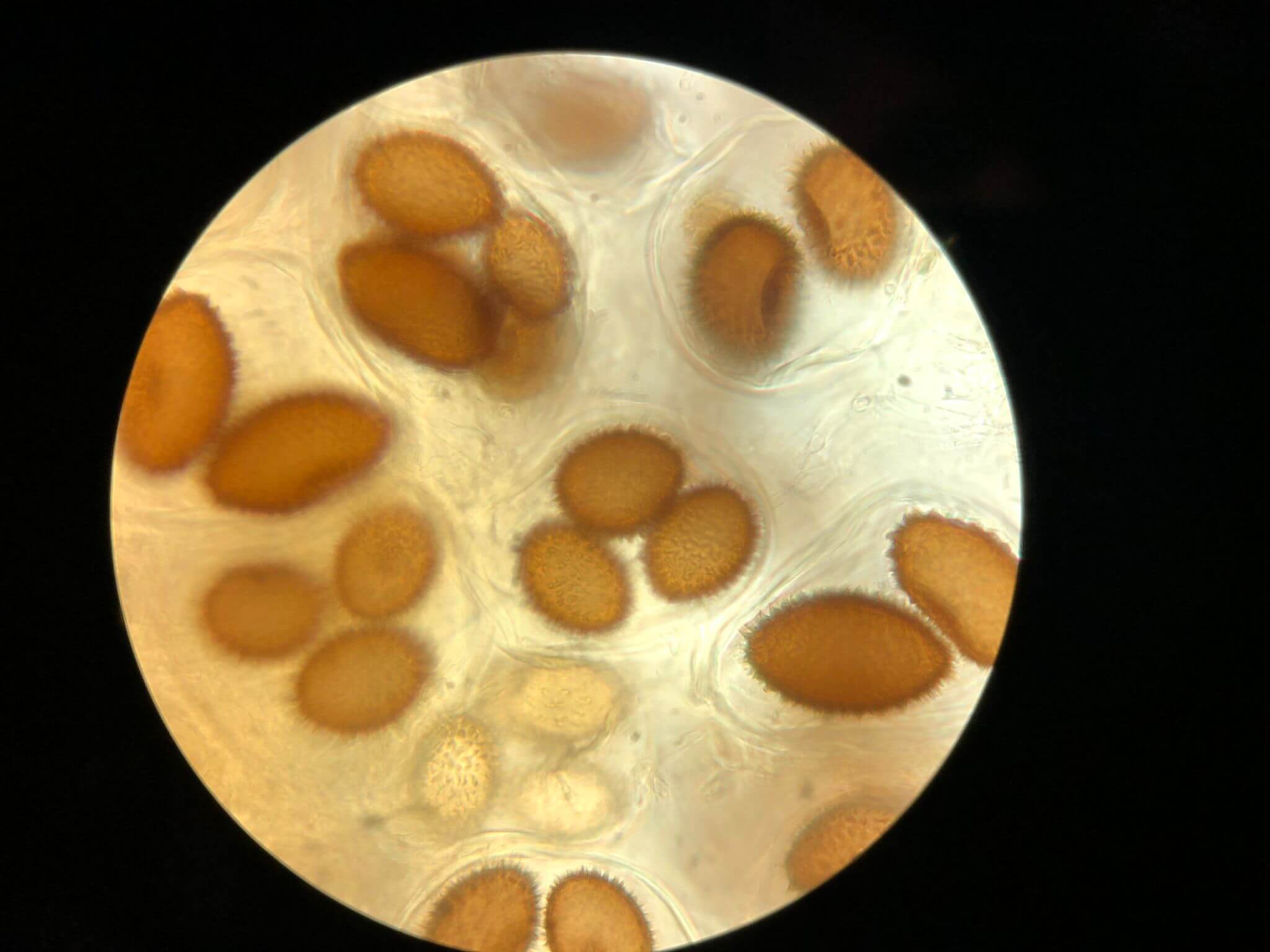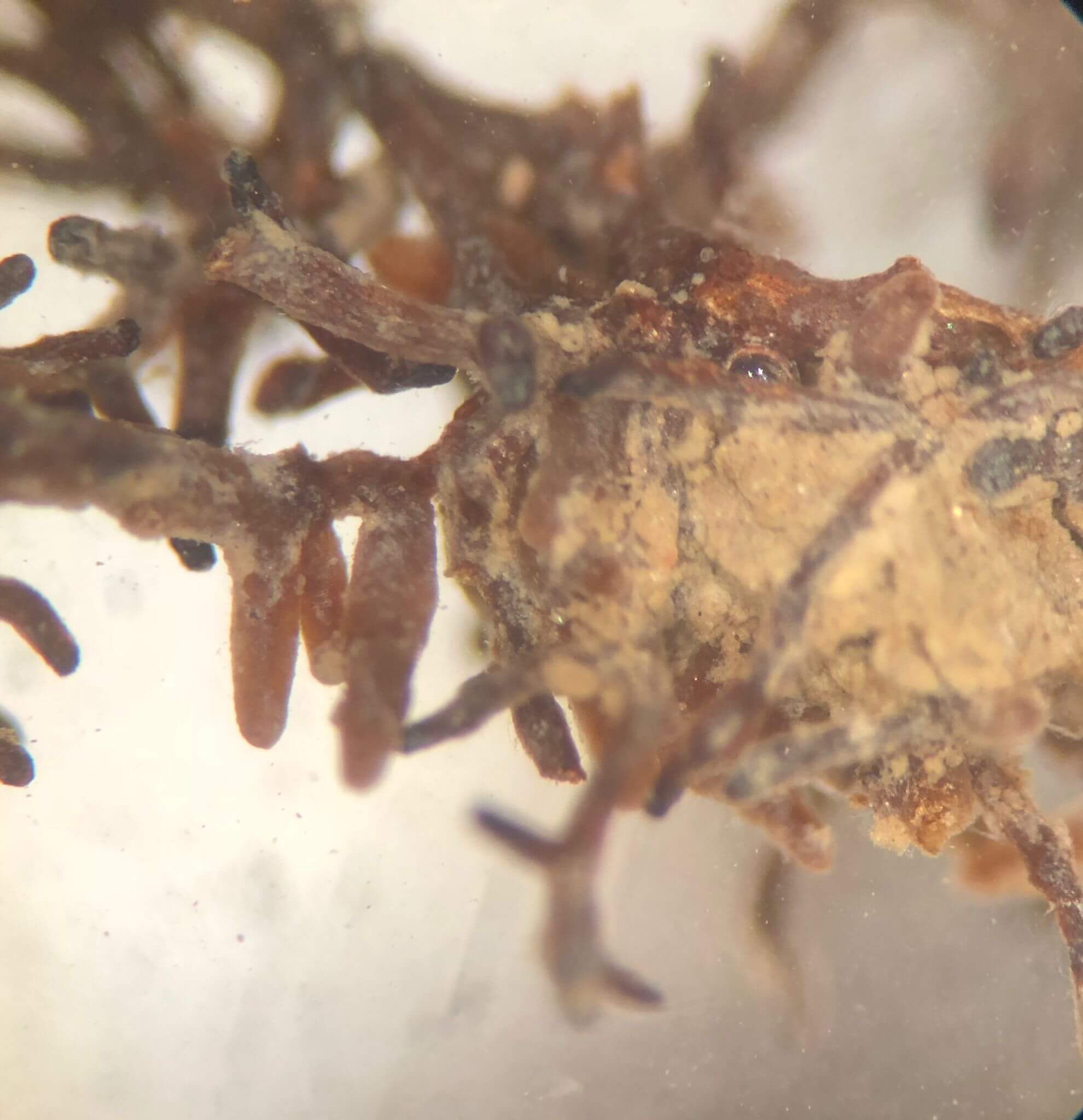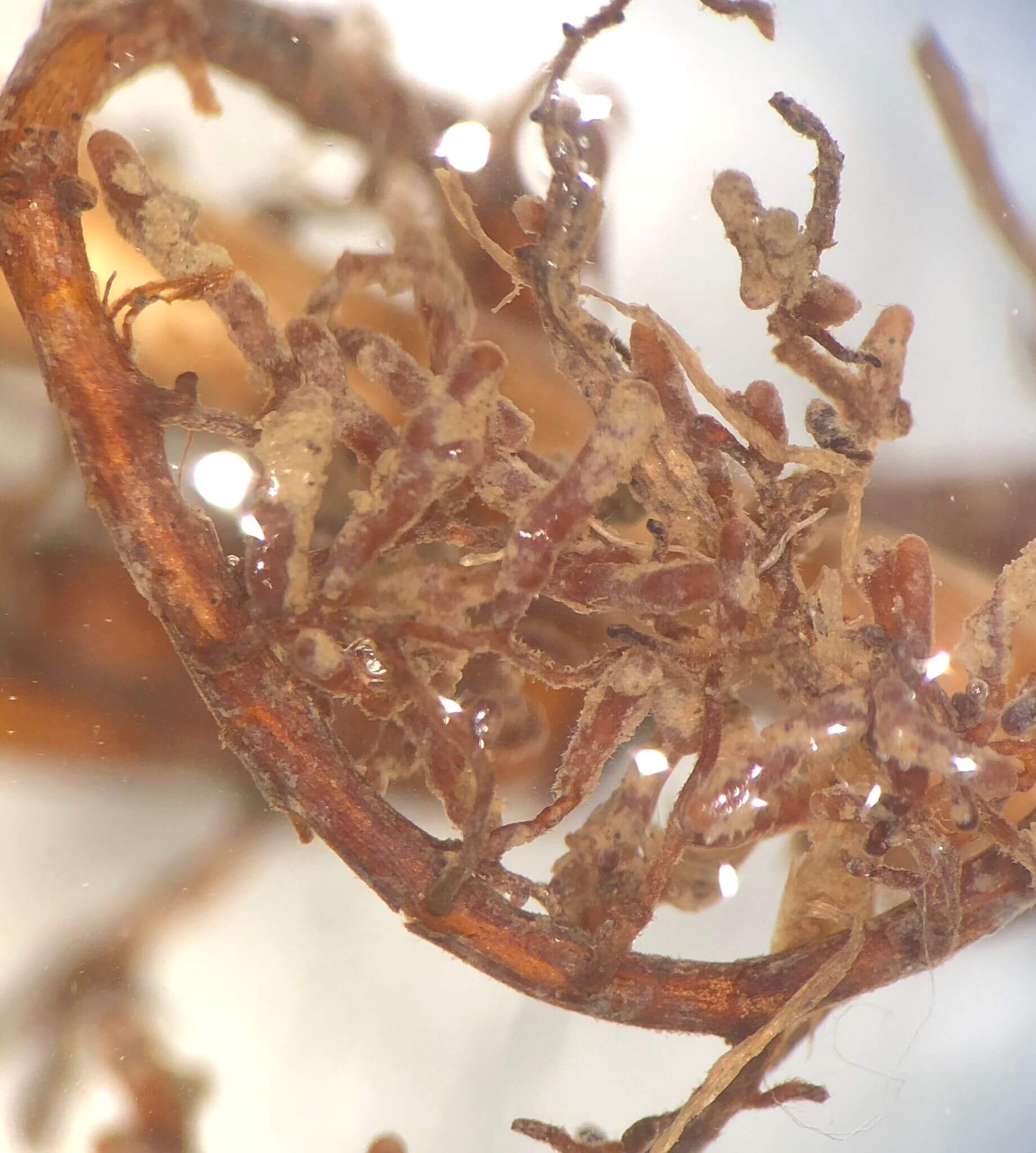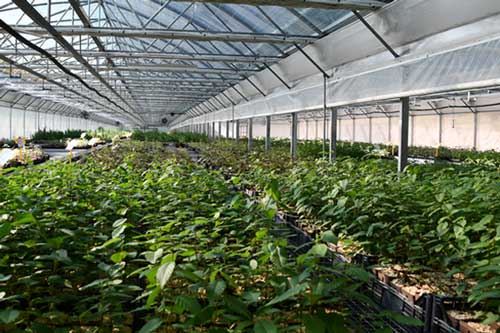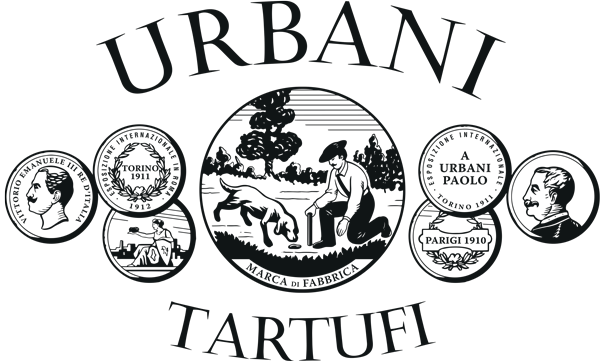only the best for your truffle farm
you get the best truffles with our plants
a quality experience
Truffleland works in the nursery sector, producing mycorrhized plants for growing truffles, with cutting-edge structures and methodologies.
To get beds that produce high-quality truffles, you have to buy and use specific plants with a particular kind of mycorrhization that suit the characteristics of the land on which the plantation will be located
All the forest species in the Truffleland catalogue have different characteristics and meet specific requirements..
Truffleland works in the nursery sector, producing mycorrhized plants for growing truffles, with cutting-edge structures and methodologies.
To get beds that produce high-quality truffles, you have to buy and use specific plants with a particular kind of mycorrhization that suit the characteristics of the land on which the plantation will be located
All the forest species in the Truffleland catalogue have different characteristics and meet specific requirements..
What are plants with truffle mycorrhizae
By “plants with truffle mycorrhizae” we mean plants belonging to the ectomycorrhizal forest species obtained from certified seeds or micro-propagation/cuttings and joined in symbiosis with the main species of fine truffle, which are both in demand on the market and can be grown.
The production process includes the production of “sterile” plantlets, meaning ones that are raised in sterile substrates and in a controlled environment so that their root systems don’t have the fungi mycorrhizae which are naturally present in the environment.
These plantlets are thus mycorrhized with the various species of truffle so as to obtain, after around a year from the start of the process, a seedling with the added truffle mycorrhizae residing in the root tips.
By “plants with truffle mycorrhizae” we mean plants belonging to the ectomycorrhizal forest species obtained from certified seeds or micro-propagation/cuttings and joined in symbiosis with the main species of fine truffle, which are both in demand on the market and can be grown.
The production process includes the production of “sterile” plantlets, meaning ones that are raised in sterile substrates and in a controlled environment so that their root systems don’t have the fungi mycorrhizae which are naturally present in the environment.
These plantlets are thus mycorrhized with the various species of truffle so as to obtain, after around a year from the start of the process, a seedling with the added truffle mycorrhizae residing in the root tips.
Research, development and biodiversity
Every year we produce experimental plants (willow, poplar and common oak) that have white truffle mycorrhizae (Tuber magnatum Pico); these are not available for sale but are research projects, in partnership with truffle-growing associations and university researchers.
White truffle plantations do not currently produce results at a suitable level for farming, and that is why Truffleland is investing in experimentation and research so as to understand the reasons behind this difference.
Every year we produce experimental plants (willow, poplar and common oak) that have white truffle mycorrhizae (Tuber magnatum Pico); these are not available for sale but are research projects, in partnership with truffle-growing associations and university researchers.
White truffle plantations do not currently produce results at a suitable level for farming, and that is why Truffleland is investing in experimentation and research so as to understand the reasons behind this difference.
Our truffle plants
Click on the name of the plant for a quick view
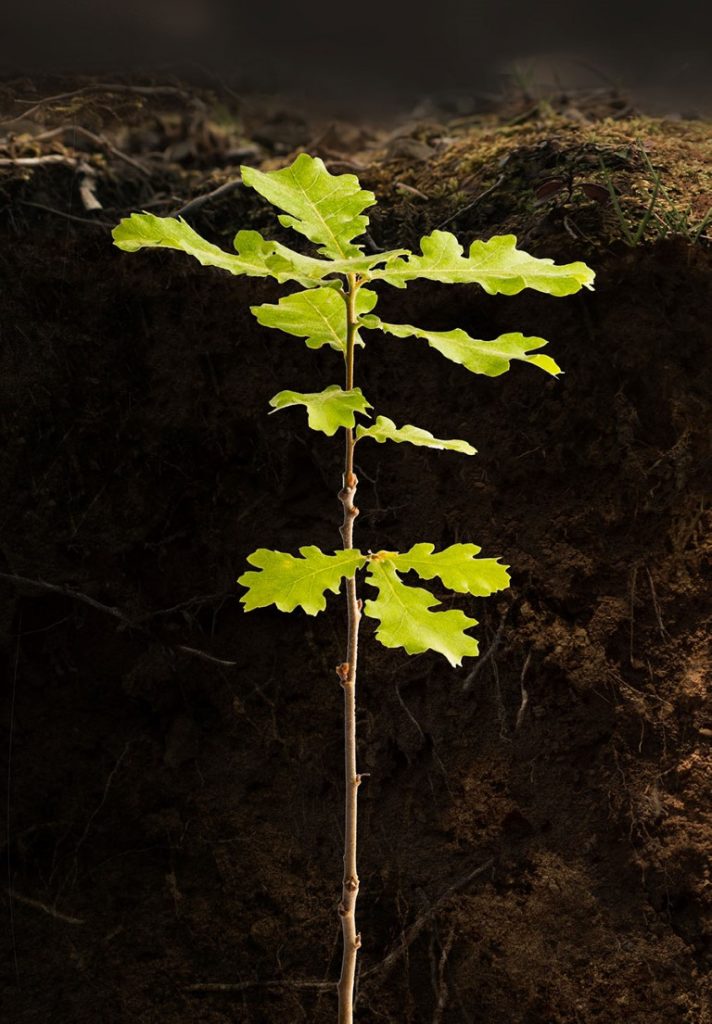
Downy Oak (Quercus Pubescens Willd)
The downy oak is an extremely versatile truffle plant because it grows in all types of soil.
It has the perfect root system for growing truffles, with a deep middle section which ensures anchorage and pulling up water, and its lateral roots mean it produces a lot of truffles.
ALTITUDE
È particolarmente indicata per la tartuficoltura e perfetta per le altitudini da 0 a 1200 metri sopra al livello del mare.
MYCORRHIZATION
It can be mycorrhized with all varieties of truffle:
- Tuber melanosporum Vitt.
- Tuber aestivum Vitt.
- Tuber borchi.
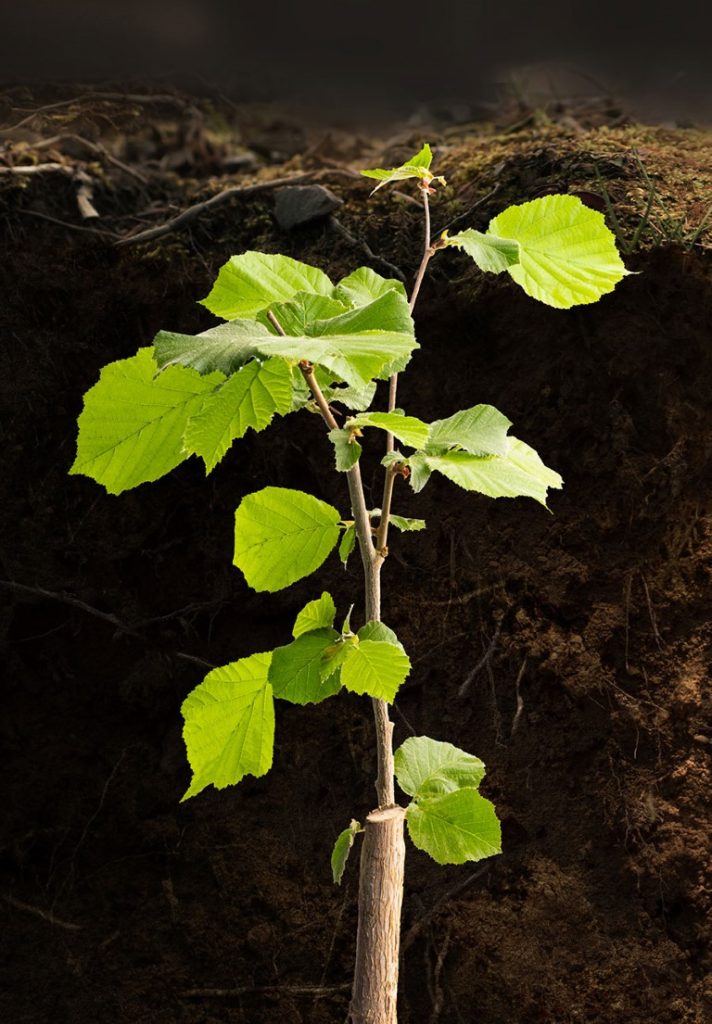
Hazelnut (Corylus avellana L.)
Its vigour and quick growth enable it, in some cases, to produce truffles very early, as early as the fourth year.
All of the Truffleland- produced hazelnuts are “dual purpose”, and so produce both excellent hazelnuts and also excellent truffles.
ALTITUDE
Hazelnut trees are perfect for altitudes from 0 to 1000 metres over sea level.
MYCORRHIZATION
It is mycorrhized with the following varieties of truffle:
- Tuber melanosporum Vitt.
- Tuber aestivum Vitt.
- Tuber borchii Vitt.
Of the several species of hazelnut, Truffleland produces and mycorrhizes:
- Tonda Gentile Romana
- Tonda di Giffoni
- Tonda delle Langhe
- Nocchione
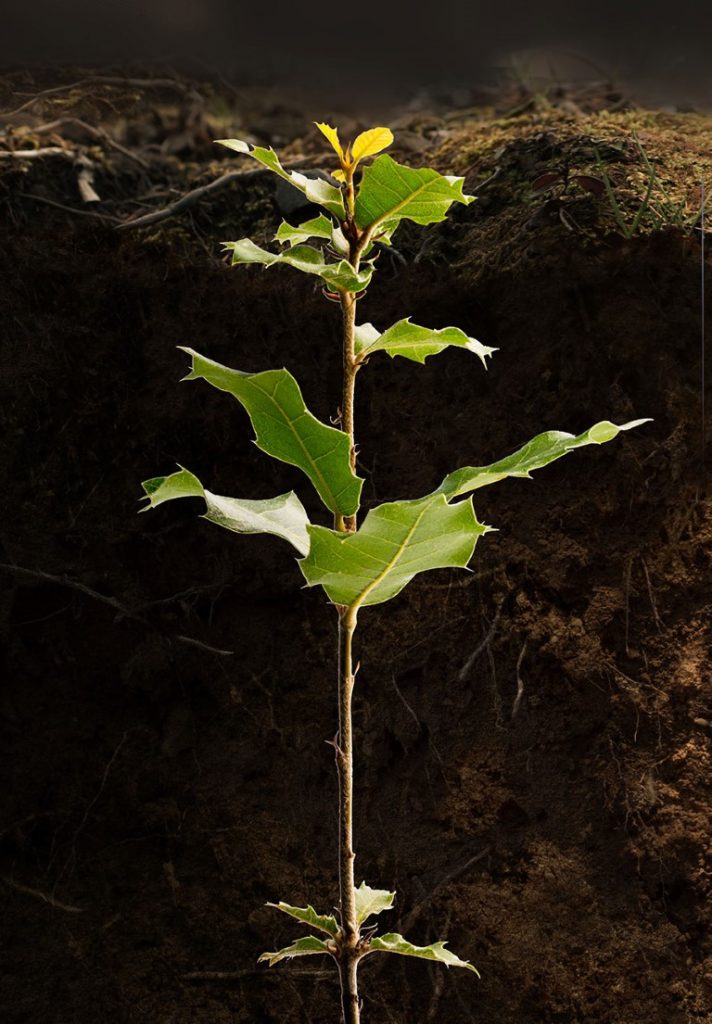
Holm Oak (Quercus ilex L.)
Holm oaks like to be well exposed to the sun and are very resistant to high temperatures.
It is the only evergreen tree that produces truffles.The root system is very deep which prevents the tree from suffering water stress during the summer; this makes it especially suitable for the production of tuber melanosporum
ALTITUDE
from 0 to 1000 mt. S.L.M
MYCORRHIZATION
It is mycorrhized with the following varieties of truffle:
- Tuber melanosporum Vitt.
- Tuber aestivum Vitt.
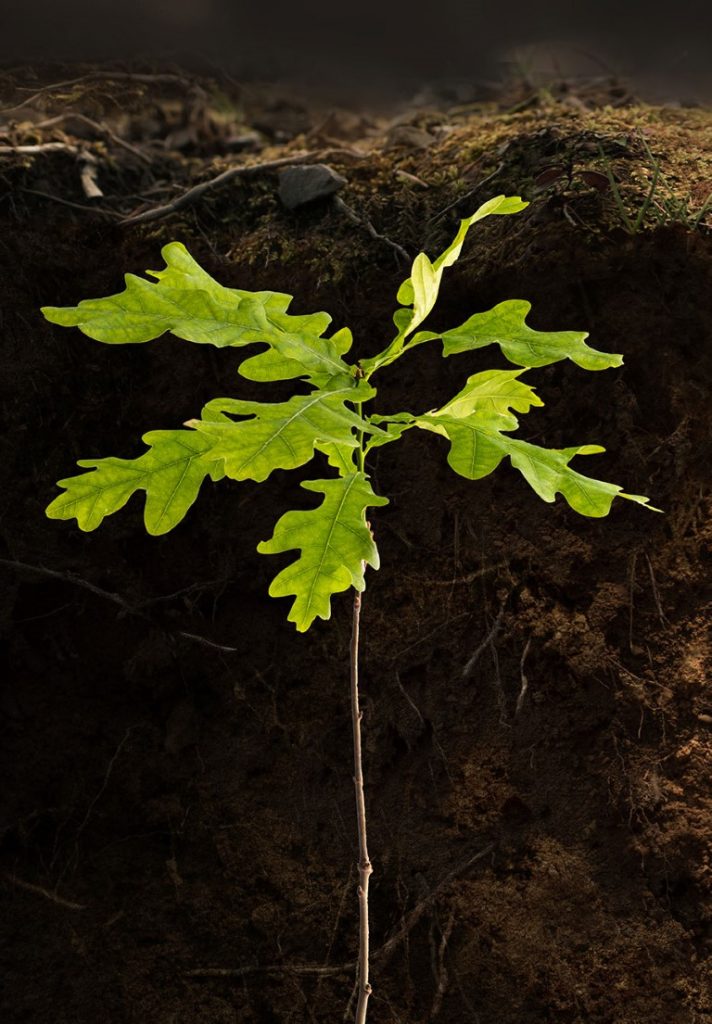
Common Oak (Quercus robur L.)
The common oak is also known as the “Oak of the Plain” because it prefers to be at between 0 and 600 metres above sea level.
It thrives on flat, humid land which is full of organic substances and is perfect in the Po Valley, where it was once very widespread.
ALTITUDE
from 0 to 600 mt. S.L.M
MYCORRHIZATION
It is mycorrhized with the following varieties of truffle:
- Tuber aestivum Vitt.
- Tuber borchi.
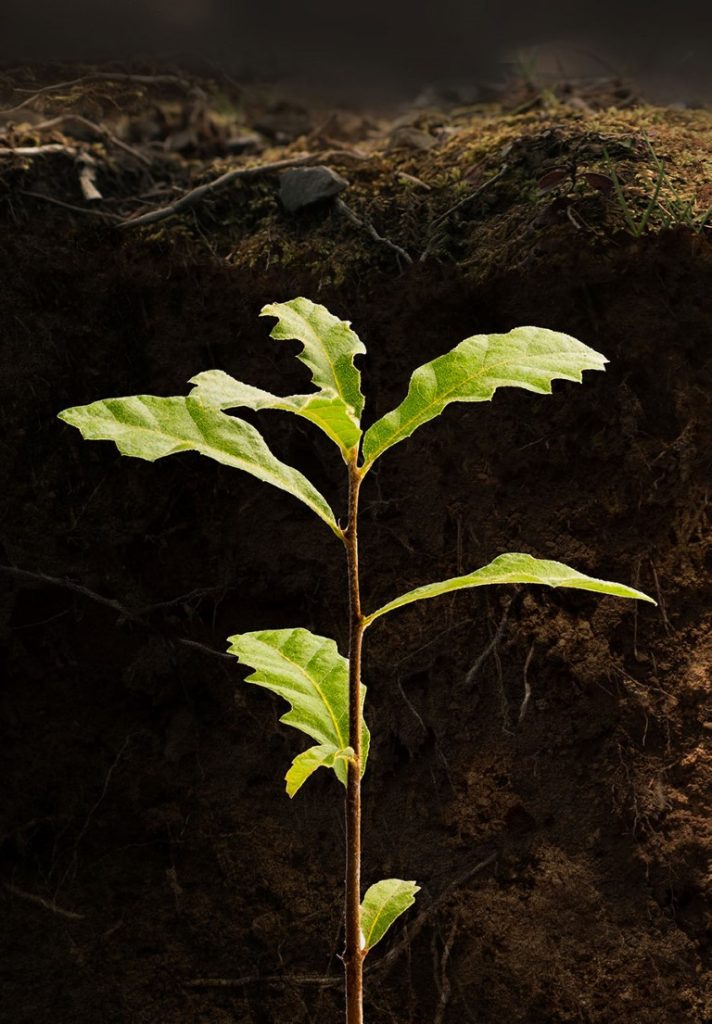
Turkey Oak (Quercus cerris L.)
The turkey oak is perfect for high-altitude terrain which is less chalky, and for truffle growing it has the same characteristics as the downy oak, but copes better with cold and freezing temperatures.
ALTITUDE
Consigliata sulle altitudini da 700 a 1300 metri sopra il livello del mare.
MYCORRHIZATION
It is mycorrhized with the following varieties of truffle:
- Tuber melanosporum Vitt.
- Tuber aestivum Vitt.
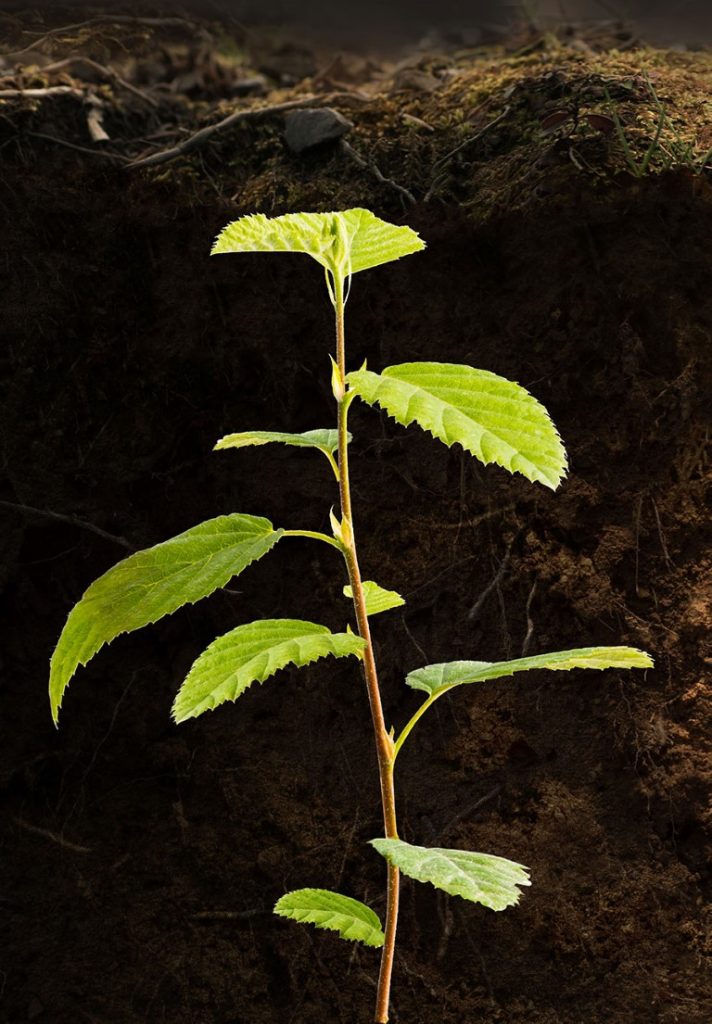
European Hop-Hornbeam (Ostrya carpinifolia)
The European hop-hornbeam is an excellent plant for continental areas that are especially shady and is the tree that is quickest to produce truffles, especially summer ones.
ALTITUDE
Perfetta per le altitudini da 300 a 1200 metri sopra il livello del mare.
MYCORRHIZATION
It is mycorrhized with the following varieties of truffle:
- Tuber melanosporum Vitt.
- Tuber aestivum Vitt.
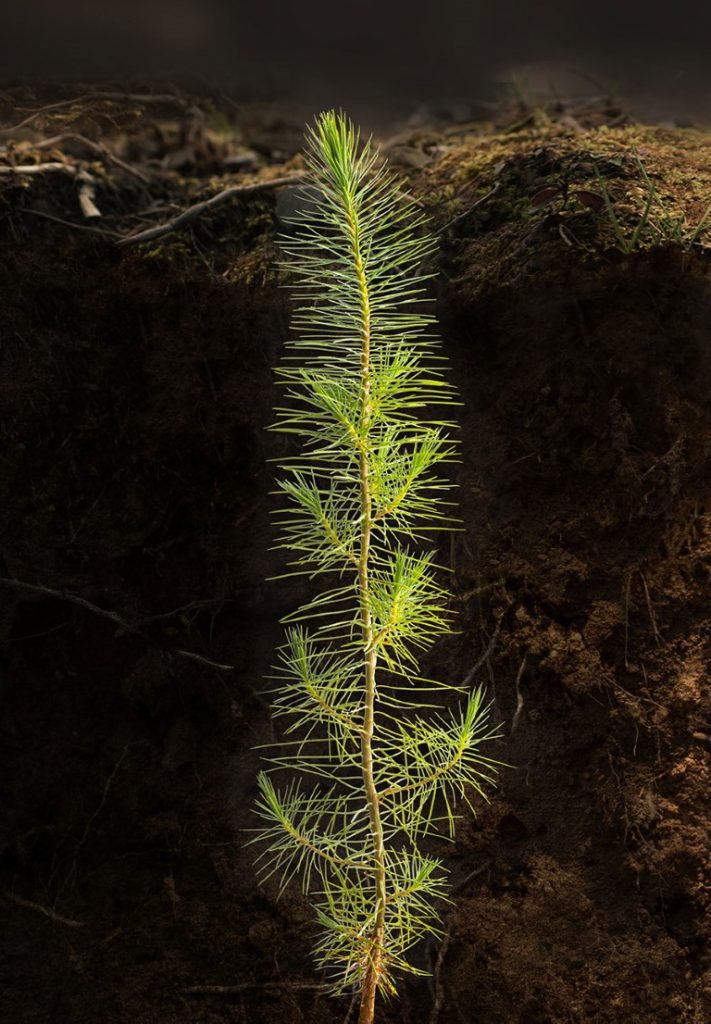
Aleppo Pine (Pinus halepensis)
The Aleppo pine is best in mild climates close to the sea or coastal strips with mainly sandy terrain.
Ideal for growing whitish, bianchetto truffles (Tuber Borchii) but also recommended for the production of black summer truffles.
ALTITUDE
The mycorrhized trees are planted at between 0 and 400 metres above sea level.
MYCORRHIZATION
It is mycorrhized with the following varieties of truffle:
- Tuber borchi
- Tuber aestivum Vitt
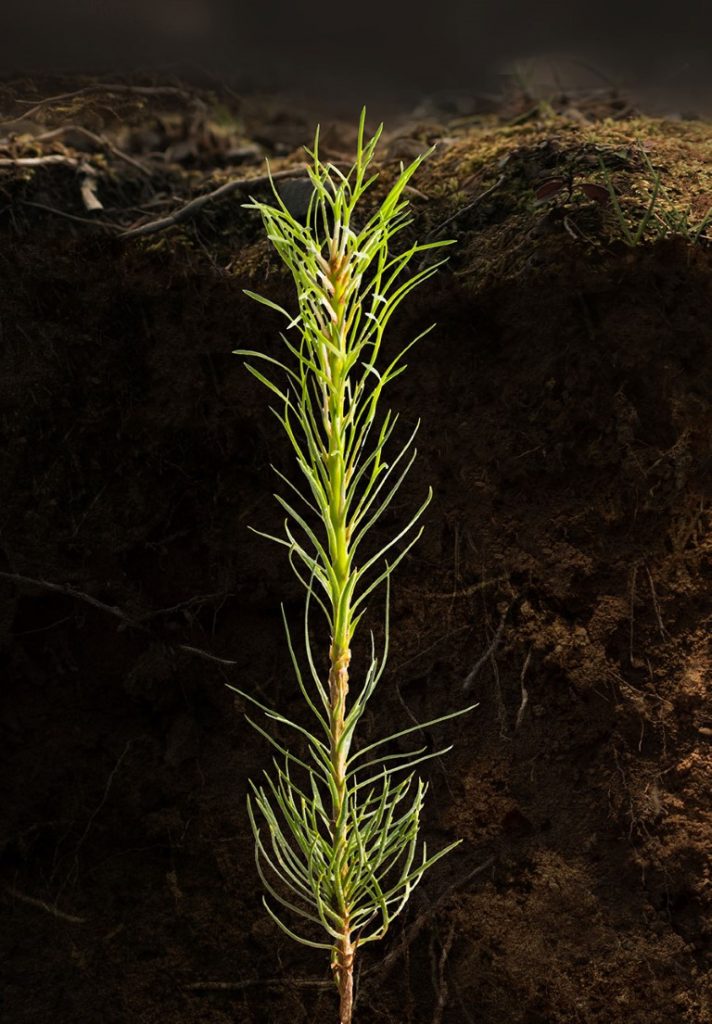
Black Pine (Pinus nigra)
The black pine is perfect for areas with harsh summers and especially cold winters.
ALTITUDE
Amongst its main characteristics is that it can be planted at high altitudes, in fact mycorrhized plants can be productive from 600 to 1500 metres above sea level
MYCORRHIZATION
It is mycorrhized with the following varieties of truffle:
- Tuber aestivum Vitt.
Choosing Truffleland means having guarantees that are unique in the world
- Truffle growers for generations
- Creation of turnkey truffle plantations
- Monitoring and control of the development and health of client plantations
- Guaranteed purchase of truffles grown on Truffleland client plantations by Urbani Tartufi, with payment on collection
- Research and development of new technology for truffle cultivation
